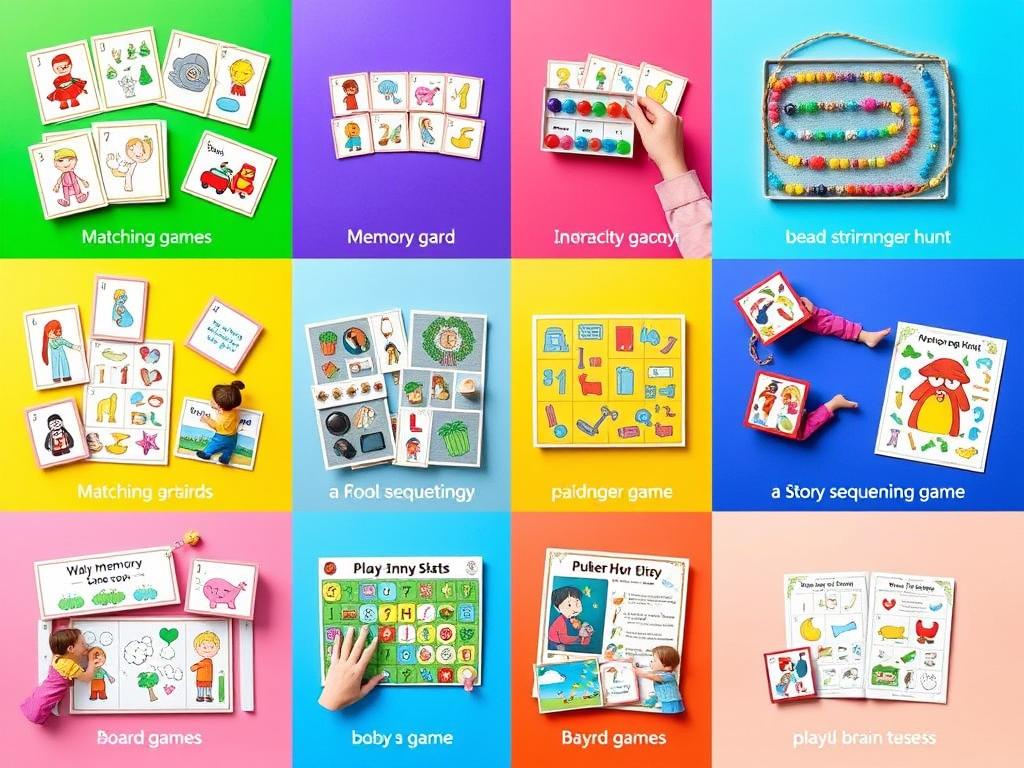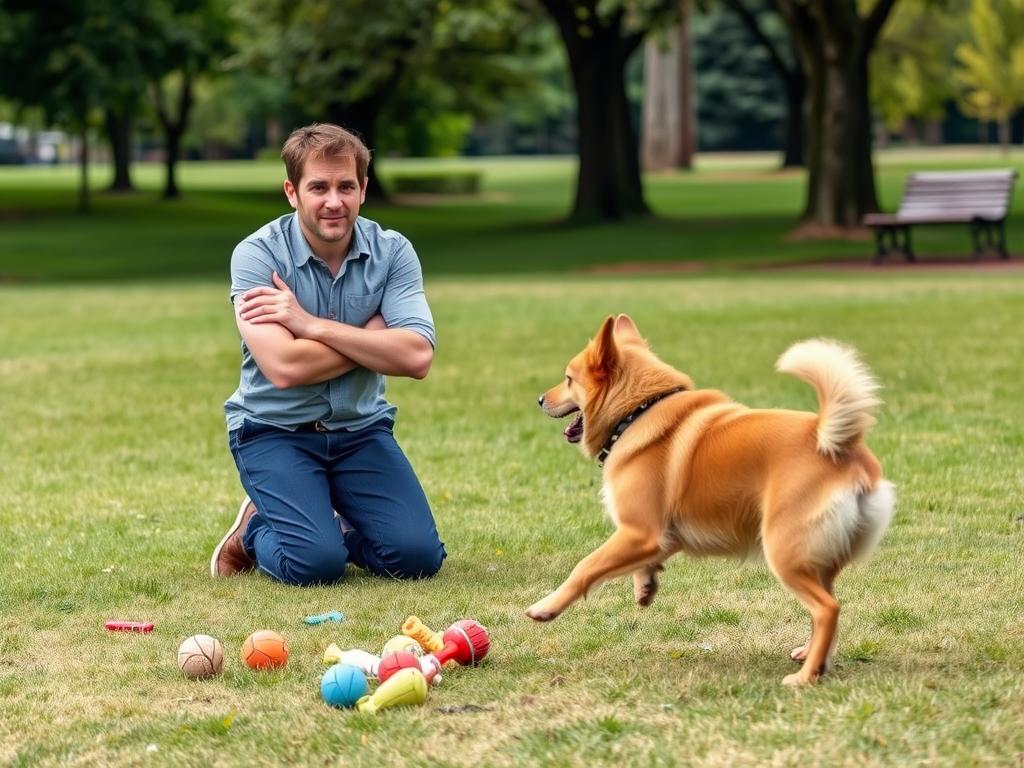Picture a bustling kitchen on a Sunday morning, with the aroma of pancakes filling the air. Imagine a child who looks up from their cereal and asks, “Why do we flip the pancakes?” This seemingly simple question holds a deeper layer of curiosity that can lead to conversations about science, culture, and even personal preferences. This little moment is a golden opportunity to introduce critical thinking skills for kids.
As parents and educators, we have the unique chance to foster this thinking ability early on, equipping children with the tools they need to make sense of the world around them through targeted early childhood critical thinking activities.
Understanding how to engage a child’s natural inquisitiveness is essential. Critical thinking isn’t just about answering questions; it’s about teaching kids to analyze, evaluate, and synthesize information. As John Dewey once noted, reflective thinking involves carefully deciding whether to accept, reject, or suspend judgment about a claim. In today’s fast-paced, information-saturated society, critical thinking is more important than ever, enabling children to discern misinformation and cultivate open-mindedness.
In this article, we explore various methods for teaching critical thinking to kids effectively. From encouraging curiosity through questions to providing hands-on learning experiences, the strategies we discuss will set the groundwork for developing critical thinkers who can navigate future challenges confidently.
Key Takeaways
- Critical thinking is essential for navigating an information-saturated world.
- Encouraging curiosity can lead to deeper learning and understanding.
- Hands-on activities can effectively foster critical thinking skills.
- Emphasizing effort and celebrating mistakes nurtures a growth mindset.
- Storytelling can be a powerful tool for engaging children’s critical thinking.
- Utilizing technology can enhance learning experiences.
Understanding Critical Thinking in Children
Critical thinking plays an essential role in a child’s intellectual growth. It enables children to actively analyze, evaluate, and synthesize information while making informed decisions. A solid grasp of understanding critical thinking significantly contributes to their ability to navigate life’s complexities. Establishing strong foundations during childhood critical thinking development can result in young learners who not only remember facts but also understand their significance.
What is Critical Thinking?
Critical thinking entails more than just recalling information. It involves various skills, such as logical reasoning, problem-solving, and the ability to reflect on one’s judgments. Children aged five to nine can engage in activities promoting these skills, enhancing their confidence in processing information. Studies reveal that participation in artistic activities can effectively develop critical thinking skills, improving creative problem-solving abilities by 71%. Additionally, children who create hypotheses based on stories experience a 68% improvement in their logical thinking skills.
Importance of Early Development
The importance of early development in critical thinking cannot be overstated. Young children who engage in critical thinking activities are better equipped for future learning and social interactions. For instance, puzzle-solving activities can enhance strategic thinking and decision-making, showing a 63% increase in critical thinking skills. Engaging in pretend play encourages awareness of social issues, with a remarkable 75% increase in the ability to generate innovative solutions. As children explore these activities, they build a robust skill set that forms the basis for more complex concepts later in life.
Fostering a supportive environment that encourages exploration and discussion enhances childhood critical thinking development. Parents can promote these skills by integrating them into daily routines. For insights on how to create such an environment, check out essential life skills for children here. The key to instilling critical thinking habits lies in providing children with opportunities to express themselves and engage in meaningful dialogues.
Encouraging Curiosity Through Questions
Encouraging curiosity in children plays a vital role in nurturing their critical thinking abilities. One effective method involves asking open-ended questions. These types of questions, such as “What do you think will happen next?” allow children to express their thoughts and ideas freely. Rather than providing a simple yes or no answer, children engage in deeper conversation, enhancing their understanding of the world around them.
Asking Open-Ended Questions
Open-ended questions are fundamental to promoting critical thinking in young children. By giving children the opportunity to explore and articulate their responses, parents and educators foster a sense of creativity and independence. Montessori Academy emphasizes the significance of such questions as a training strategy, showcasing their potential in educational settings. Engaging children actively through these inquiries stimulates their minds and encourages intellectual growth.
Teaching the Art of Inquiry
Teaching children the art of inquiry involves modeling how to ask relevant questions. When parents establish an environment where children feel comfortable sharing their thoughts, they create a space for exploration and discovery. This process not only enhances children’s ability to develop sound hypotheses and problem-solving skills, but it also cultivates their imagination and encourages their natural curiosity. Responding to children’s questions effectively supports their quest for knowledge, leading to additional inquiries that deepen learning experiences. Resources like outdoor activities further encourage adventurous minds and strengthen their connection with nature.

| Question Type | Description | Benefits |
|---|---|---|
| Open-Ended Questions | Encourages detailed responses and creative thinking. | Fosters independence and critical thinking skills. |
| Closed Questions | Requires a simple yes or no answer. | Limits the scope of discussion. |
| Probing Questions | Encourages deeper thinking and clarification. | Deepens understanding and promotes inquiry. |
Incorporating Problem-Solving Activities
Implementing problem-solving activities is crucial for developing critical thinking skills in children. Engaging in interactive activities such as puzzles and games not only fosters creativity but also enhances cognitive abilities. Children benefit immensely from fun puzzles for kids, which can range from classic jigsaw puzzles to modern escape room challenges. These activities teach children to strategize, analyze, and communicate effectively.
Fun Puzzles and Games
Games and puzzles capture children’s attention and are excellent tools for teaching critical thinking. Activities like memory games improve concentration while enhancing problem-solving skills. Treasure hunts encourage navigation and comprehension, offering practical challenges that involve critical thought. Adding in group dynamics with games such as Lego Challenges promotes collaboration while also allowing for individual expression. For more creative problem-solving activities, consider exploring the suggestions found in this resource.
Real-Life Scenarios
Teaching critical thinking through real-life scenarios allows children to apply their skills to tangible dilemmas. Crafting situations where children must devise solutions helps them understand cause and effect relationships. Infants begin to develop these abilities from an early age, using simple exploratory activities. For older children, more complex scenarios encourage thoughtful decision-making and reasoning. These real-life applications of critical thinking serve as a foundation for future problem-solving endeavors, paving the way for a well-rounded educational experience.
Fostering a Growth Mindset
Building a solid foundation in critical thinking requires fostering a growth mindset. This approach encourages children to view challenges as opportunities for growth, emphasizing the importance of effort over results. When children understand that hard work leads to improvement, they are more likely to embrace difficult tasks.
Emphasizing Effort Over Results
Research shows that praising effort rather than intelligence creates a lasting impact on children’s learning behaviors. Students exposed to this method are more inclined to tackle challenging situations, as they come to associate hard work with success. Fostering a growth mindset transforms the learning experience, making it enriching and enlightening. These students often demonstrate increased motivation and resilience, essential traits for thriving in both academic and life contexts. Encouraging children to utilize the term “yet” empowers them to adopt a long-term perspective on their learning journey.
Celebrating Mistakes as Learning Opportunities
Recognizing and celebrating learning from mistakes opens up a world of possibilities for children. When children view failures as a normal part of the learning process, they develop resilience and a sense of self-belief. Incorporating activities that promote problem-solving helps normalize struggle. By illustrating that mistakes can serve as valuable lessons, children begin to shift their perspectives and embrace a journey filled with growth and improvement. Tools like the Big Life Journal’s resilience kit offer excellent support in helping children develop these traits.

| Benefit of Fostering a Growth Mindset | Description |
|---|---|
| Increased Resilience | Children learn to overcome obstacles without fear of failure. |
| Enhanced Motivation | A growth mindset encourages persistence and determination in facing challenges. |
| Better Academic Performance | Students with a growth mindset often excel in their studies compared to peers. |
| Positive Attitude Towards Learning | Children develop an openness to new experiences and challenges. |
Promoting a growth mindset catalyzes personal development and academic success, ultimately leading to happier and healthier children.
Utilizing Storytelling for Engagement
Storytelling serves as an engaging tool for nurturing critical thinking in children. By utilizing storytelling, children can grasp complex concepts and enhance their cognitive abilities. Analyzing characters in stories encourages children to contemplate character motivations and moral dilemmas, enriching their understanding of human behavior.
Analyzing Characters and Choices
When children delve into analyzing characters and their choices, they begin to understand the implications of decisions. Discussing characters from popular tales such as “The Gingerbread Man” offers repetitive and predictable patterns that aid comprehension. This exploration not only strengthens literacy skills but also underpins computational thinking as children recognize patterns and connections within the narrative.
Discussing Different Outcomes
Engaging children in discussions about different outcomes in storylines fosters imaginative thinking. By presenting alternate endings or scenarios, children learn to foresee consequences and weigh the merits of various decisions. This approach cultivates a thoughtful mindset, allowing children to explore possibilities and develop their problem-solving skills through storytelling.
Hands-On Learning and Exploration
Engaging children in hands-on learning experiences plays a crucial role in developing their critical thinking skills. Activities such as science experiments for kids and nature exploration not only stimulate curiosity but also help children understand their environment. These approaches encourage young minds to observe, analyze, and synthesize information effectively.
Science Experiments at Home
Science experiments for kids can be easily conducted at home with minimal materials. These hands-on learning activities often spark imagination and inquiry. Children learn by doing, allowing them to explore concepts in a practical context. For instance, simple experiments involving baking soda and vinegar can teach kids about chemical reactions while encouraging them to hypothesize and question. This engagement solidifies their understanding and retention of scientific principles.
Nature Exploration and Observation
Participating in nature exploration enhances observation skills, essential for understanding the world around us. Taking children outdoors for hikes or simple backyard investigations allows them to discover biodiversity firsthand. As they observe plants, insects, and animals, they ask questions about their surroundings. This inquiry leads to deeper knowledge and fosters a lasting appreciation for nature. Such experiences are invaluable for developing the critical thinking skills necessary for both academic success and personal growth.

Creating a Supportive Learning Environment
A supportive learning environment is essential for nurturing critical thinking skills in children. It enables open dialogue and facilitates learning through encouragement and exploration. By fostering opportunities for children to engage in encouraging discussion, they learn to articulate their thoughts and challenge ideas in a constructive manner.
Encouraging Discussion and Debate
Engaging children in discussions about various topics can significantly enhance their critical thinking abilities. When children express their opinions and debate different viewpoints, they develop essential skills like reasoning and evaluation. Some effective approaches include:
- Utilizing open-ended questions to inspire deeper thinking.
- Organizing group discussions on current events or themes from their readings.
- Facilitating debates where children must consider multiple perspectives.
A supportive learning environment cultivates these conversations, allowing children to explore diverse ideas and learn the value of respectful disagreements.
Providing Resources for Learning
Access to high-quality resources for teaching critical thinking is vital for children’s cognitive development. A variety of materials can stimulate curiosity and enhance understanding. Consider incorporating the following:
- Books that offer diverse themes and characters to spark discussion.
- Interactive games that focus on problem-solving and critical analysis.
- STEM resources that encourage hands-on exploration and creativity.
By providing a range of resources, children are better equipped to think critically about the world around them, enhancing their ability to conduct research, verify information, and discern reliable sources.
Leveraging Technology as a Tool
In today’s digital age, leveraging technology can significantly enhance children’s critical thinking skills. The availability of educational apps for kids allows for interactive learning experiences that not only engage students but also encourage them to think critically about the content they encounter. By integrating such tools into the learning environment, parents and educators can provide children with practical opportunities to explore and experiment with ideas.
Educational Apps for Critical Thinking
Several educational apps are specifically designed to nurture critical thinking. Platforms like Edmodo and Google Classroom offer digital learning spaces where students can access a wealth of resources and collaborate with peers globally. Additionally, tools like Canva and Piktochart allow children to create visual representations of their ideas, catering to visual learners and promoting creative thinking.
Online Resources and Interactive Learning
Interactive platforms such as Padlet and Synth encourage active discussions that extend learning beyond traditional classroom hours. These online critical thinking resources provide versatile options for students to share ideas and engage in diverse activities. As students use these tools, they become more knowledgeable about technology and develop essential skills for the future, including those relevant to STEM fields and artificial intelligence.











